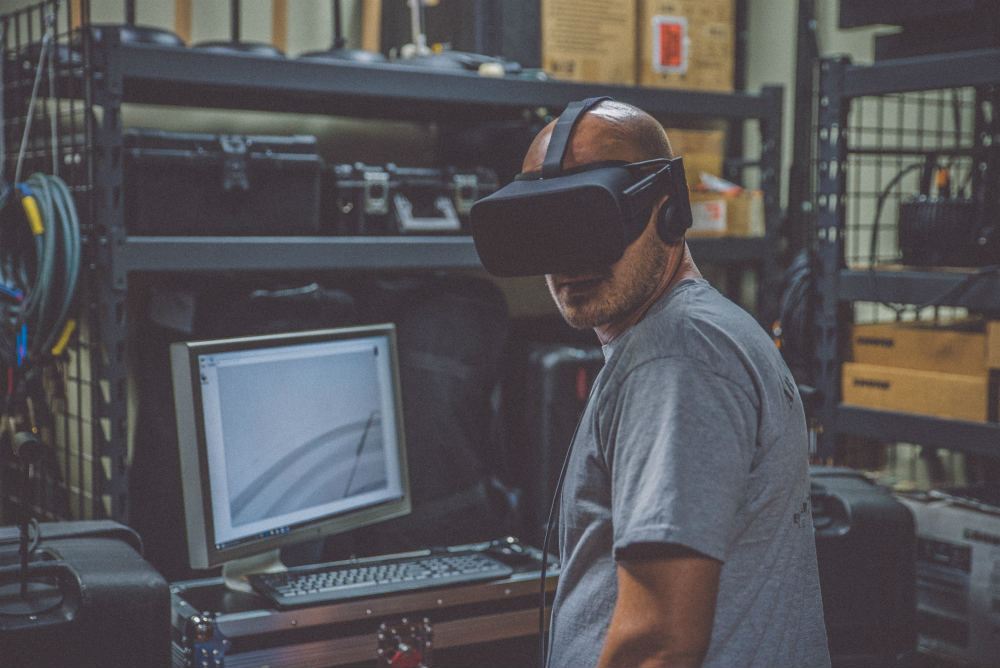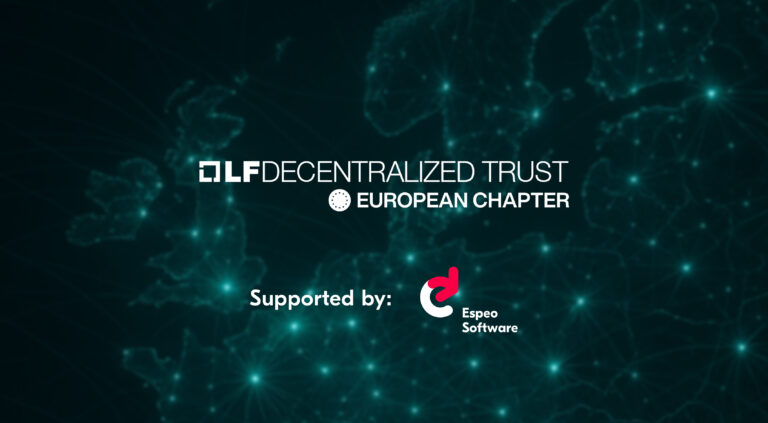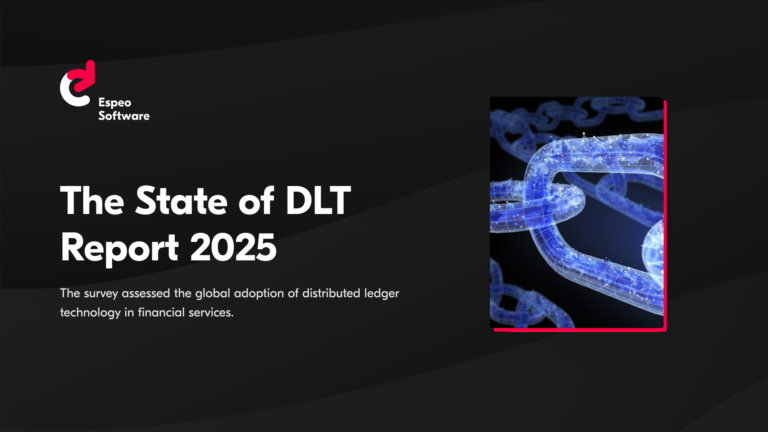2019 is rapidly coming to an end. It’s time to sum up this year’s achievements and to look ahead. Narrow Artificial intelligence, mixed reality, and distributed cloud are just a few of the tech innovations to watch as we enter the next decade. Here’s a brief summary of Gartner’s 2020 tech trends report combined with our software development experts’ predictions for which software technologies will dominate the 2020s.
Check out: IT trends for 2022 according to our experts
6 software technologies that will dominate 2020
Table of contents:
1. Multiexperience
Improvements in wearables and advanced computer sensors are paving the way for the emergence of multiexperience, fully-immersive technology. Traditional ideas of the computer will expand to include new, varied touchpoints. This, of course, will greatly increase the demand for mobile development as firms rush to compete on better, more immersive apps.
Gartner cites Domino’s Pizza, who rolled out an ordering app that combines autonomous vehicles, smart speaker communications, and tracking sensors. The growing popularity of wearable technology is driving development in this field. Greater connectivity and improved user experience will attract more users.
Currently, multiexperience apps use augmented reality, virtual reality, and mixed reality to deliver ever more immersive experiences. As consumers demand more and more sophisticated applications, businesses will have to keep up and deliver more ambient experiences.

Time and time again companies have trusted us as a software development provider. Read more about some of our projects and find out why.
2. Digital twins technology driven by IoT
Internet of things is an area where the so-called digital twins concept evolves fastest. Modern household appliances use a lot of smart components equipped with sensors to gather data about real-time status, working conditions, and alerts. They’re integrated to cloud-based systems to gather data, then process and analyze it.
And here’s how a digital twin is created. It’s a kind of pairing appliance which reflects its real-life counterpart in the digital environment. This virtual model of a product or service allows for the analysis of a huge amount of varied data. In effect, we can deal with problems before they even occur, prevent downtime, develop new functionalities and much more.
The digital twin concept has the widest coverage in such projects as smart cities, real-time navigable models, or health care – with virtualization of hospital systems for work safety and continuity.
As web & mobile developers, we can also observe that digital twin technology is spreading to the user experience field. Service providers try to get clients to attend their events, for example trades or fashion shows and let customers build their visual twin to become a part of an event. This way they create an extraordinary user experience.
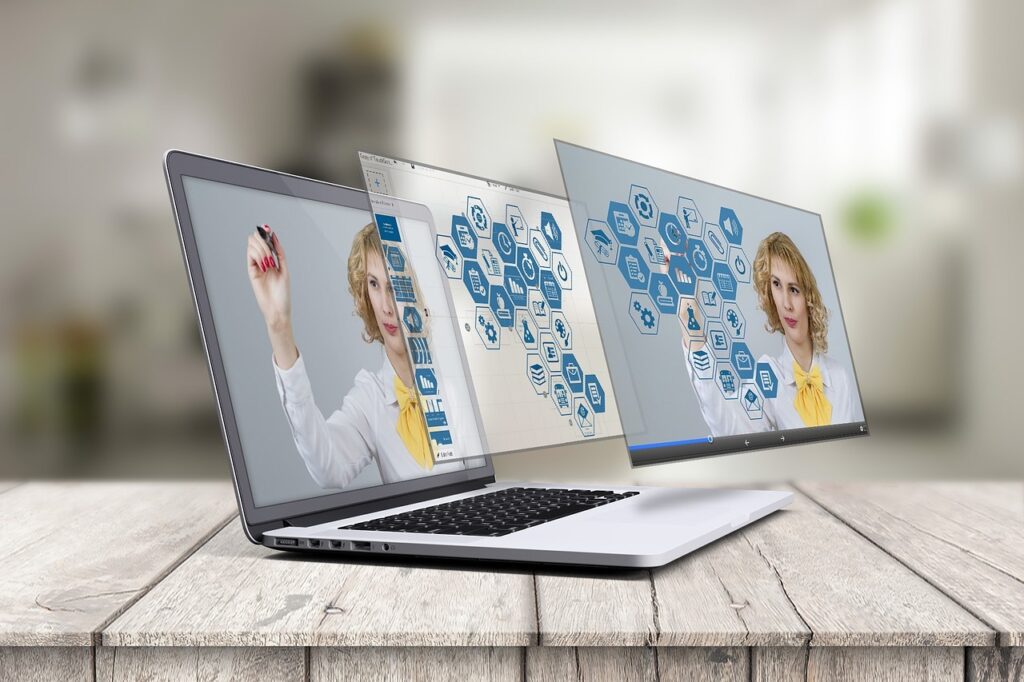
3. Distributed cloud
Distributed cloud systems promise to bring about a new era of cloud computing. These systems distribute public cloud services to several locations outside a provider’s data centers, but the provider still controls them. Cloud providers take care of cloud service architecture, governance, operations, updates, and delivery.
Since data centers can be anywhere, latency and data sovereignty challenges are reduced. Distributed cloud services offer the benefit of a public cloud service with those of a private cloud.

4. Event-Driven Applications
Gartner predicts that through the 2020s a real-time, event-based approach will be a core required demand for 80% of all digital solutions. It’s crucial for business application development companies to apply “event thinking” to their solution strategy.
Event programming is not a type of technology or programming language. It represents an approach that should be implemented in a product development process. An event-driven application responds to actions generated by the user or the system, for example, mouse clicks or loading a program. From a programming point of view, it’s important to separate event-processing logic from the rest of the coding work.
Technologies like AI or IoT speed up event-driven coding as a useful product development strategy. In general, event-driven apps can improve responsiveness, flexibility and give a better understanding of user experience.
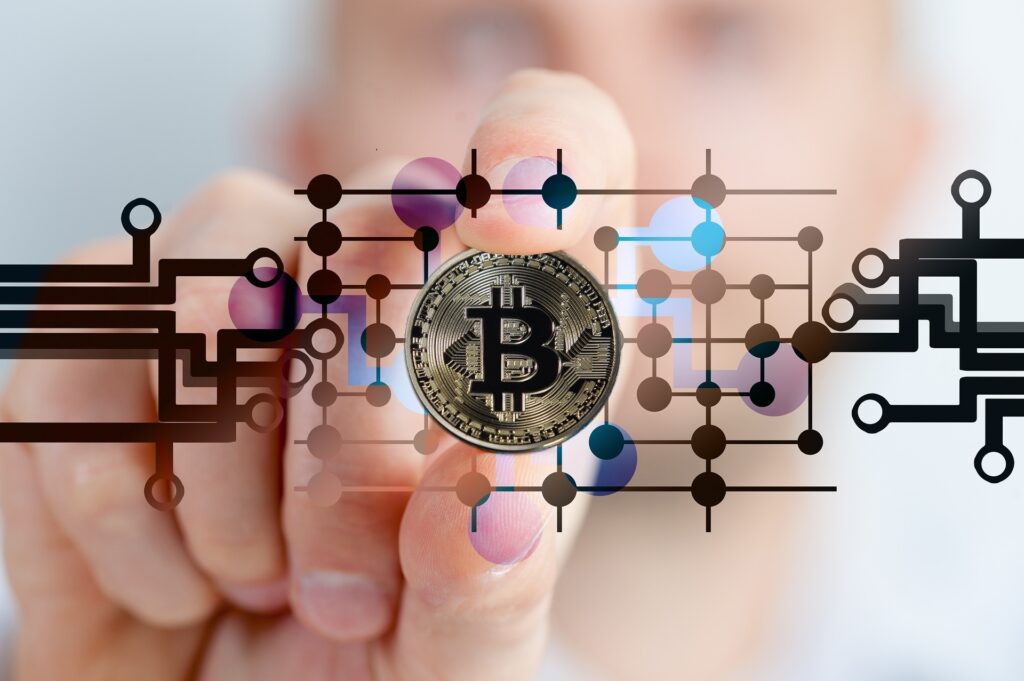
5. Blockchain
2017 was the year of blockchain hype. Now that the hype has died down, it’s time for practical blockchian applications. Gartner was hesitant in its predictions for blockchain but stressed that in specific cases, firms can leverage blockchain technology to improve internal processes and ensure data security.
Find out more: Espeo Blockchain – blockchain services that can address different business problems
Blockchain is a network of interconnected peer-to-peer devices. This technology provides for the absence of central databases, as well as the lack of clearly defined locations where all data is stored. Use cases here are especially useful to the supply chain and real estate asset management sectors as well as in healthcare data management. Throughout the 2020s, advanced in blockchain technology will improve its usability and enterprise applications.

6. Progressive web Apps
We have to add progressive web applications to Gartner’s software technologies. The growth of web-based solutions is a solid trend we could observe during the current year. It’s no reason to think it’s going to change in the coming decade.
Download Presentation 8 reasons to choose Time and Material for Your Software Project
On the contrary, in the long term, it’s more probable that web apps will take a significant slice of market cake from mobile apps, and not vice versa. We believe it, even more, when we hear Google reps talking about focusing on expanding the features of the current browsers to let web applications achieve the same UX level as mobile apps.
Moreover, progressive web apps are easier to develop and maintain than native applications. They combine the best features of the web and mobile apps. What’s more, they make use of the vast web ecosystem, plugins, and community.
